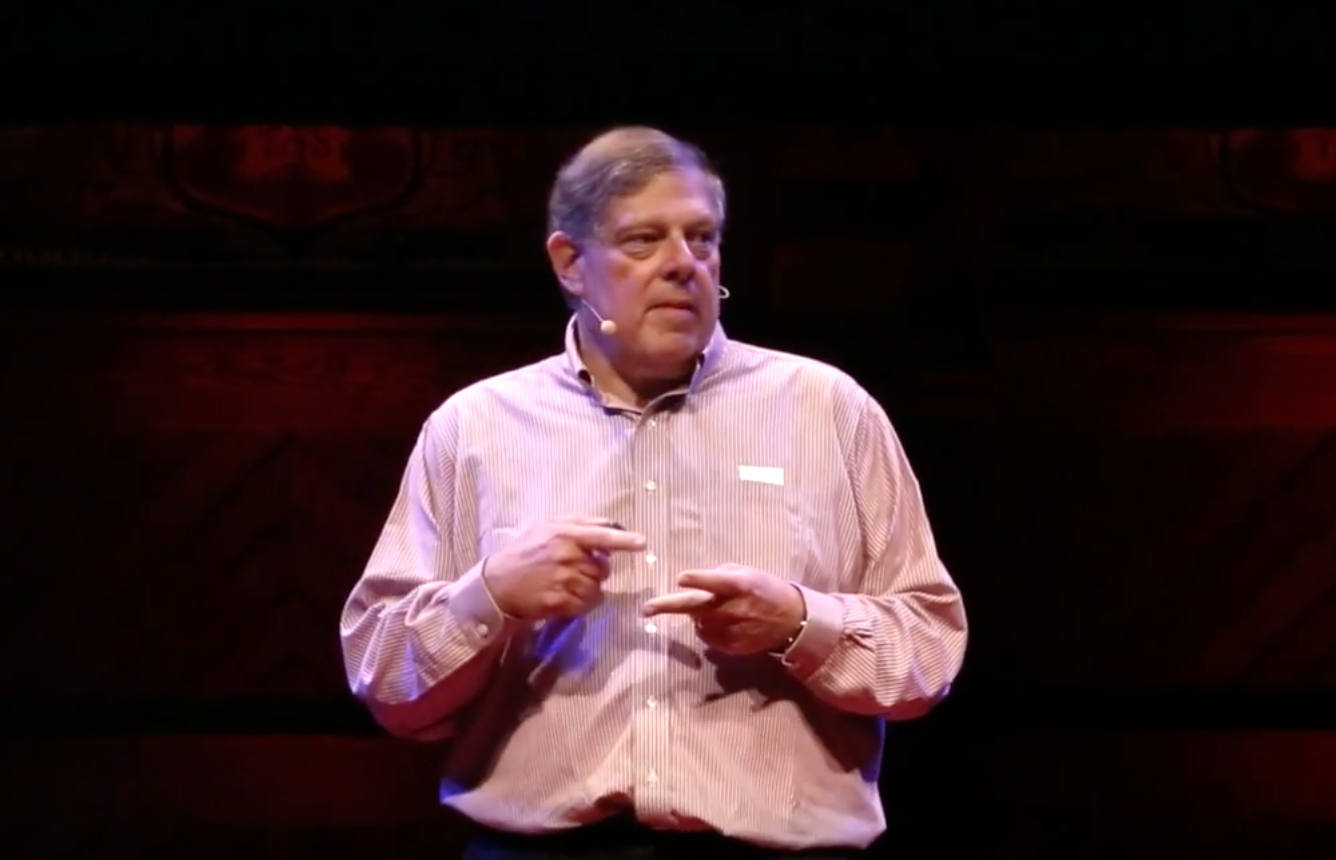Washington Post: Policy and Politics by the Numbers

Policy and Politics by the Numbers
One night a week, a select group of White House aides and Cabinet members would file into the Yellow Oval Room in the White House residence. And Bill Clinton, the most polished and talkative politician of his era, for once would let someone else do the talking: a disheveled man who even friends say was ill at ease except when the conversation turned to numbers.
The man was Clinton’s pollster. The weekly residence meeting was the place where this president got his fix of the data that drove a presidency.
As Clinton prepares to leave office 20 days from now, even his sharpest critics bow to his mastery of politics. This was a president who understood his times and became the dominant voice of them, who faced every conceivable adversity yet managed still to survive and prosper. What is less understood is that Clinton’s political gifts were more than the magic of personality. They were a set of precise techniques that relied on constant gauging of public opinion, and constant responses to it in ways large and small.
So Clinton’s legacy is in many ways a story about polls. It is not true, as some critics say, that Clinton always did what pollster Mark J. Penn’s numbers told him to do. It is true that no previous president read public opinion surveys with the same hypnotic intensity. And no predecessor has integrated his pollster so thoroughly into the policymaking operation of his White House.

